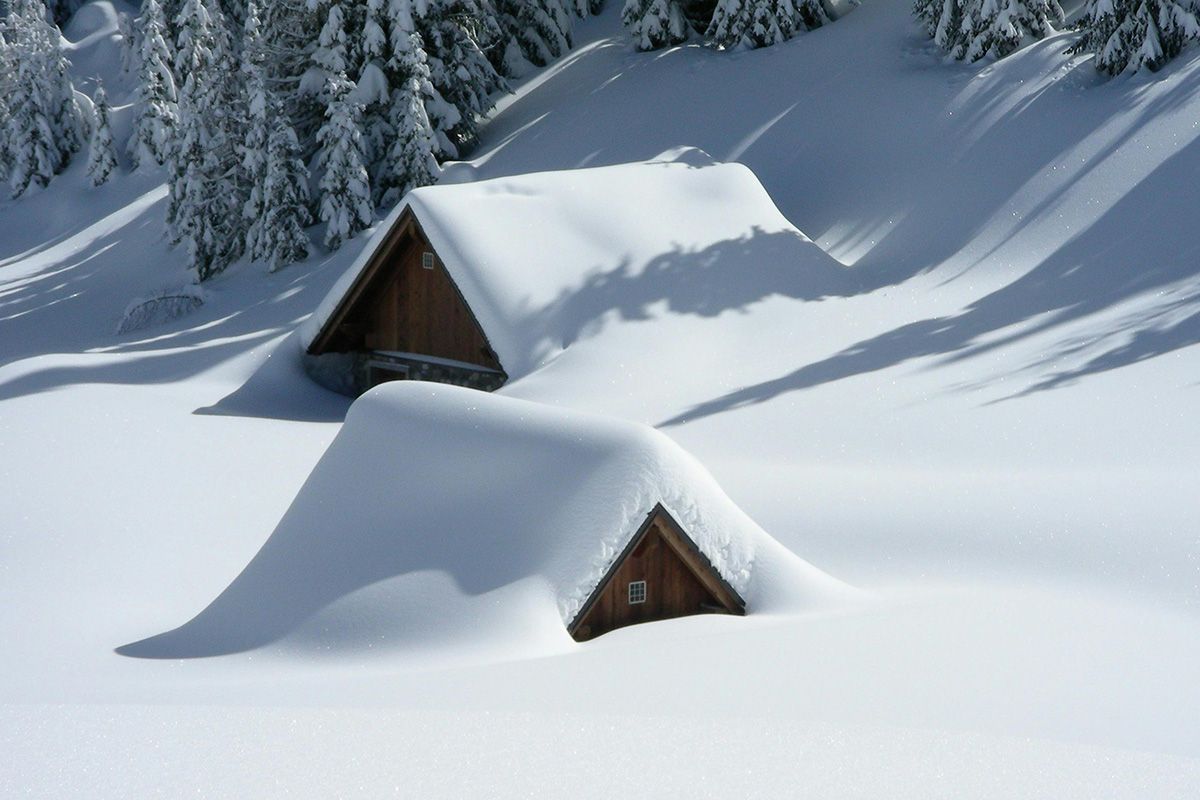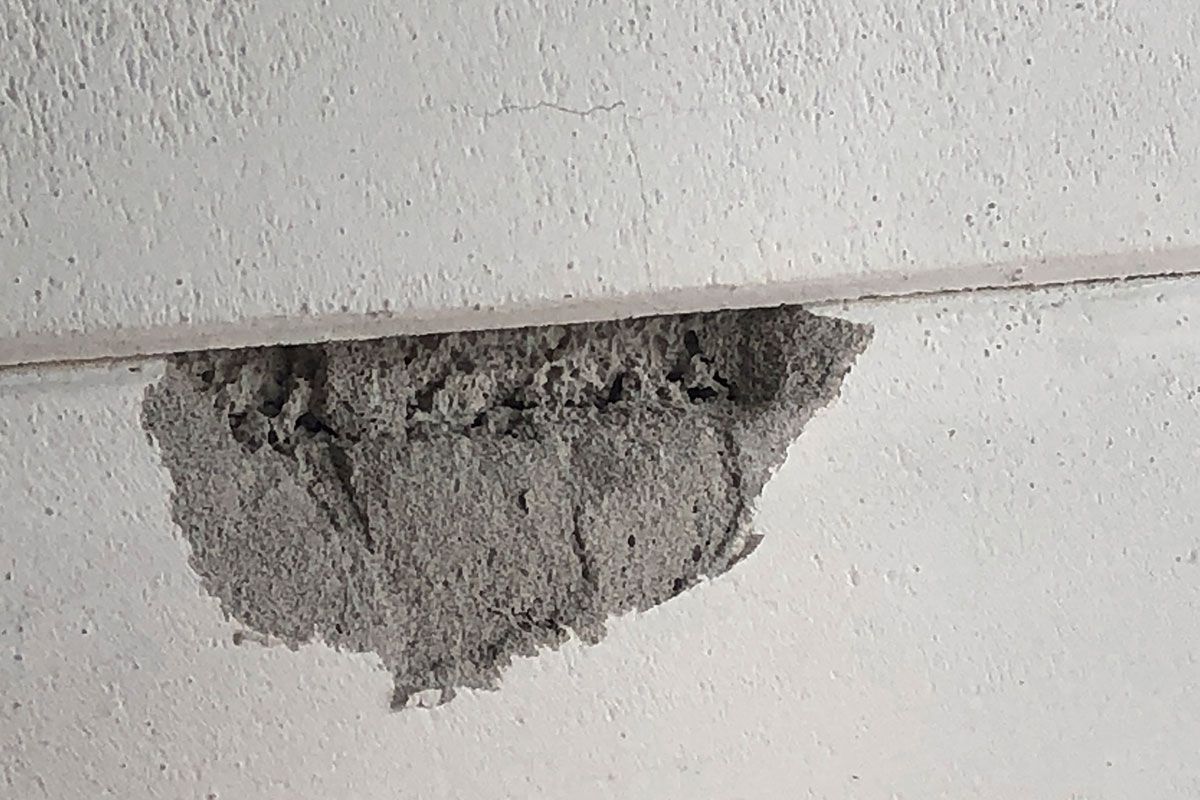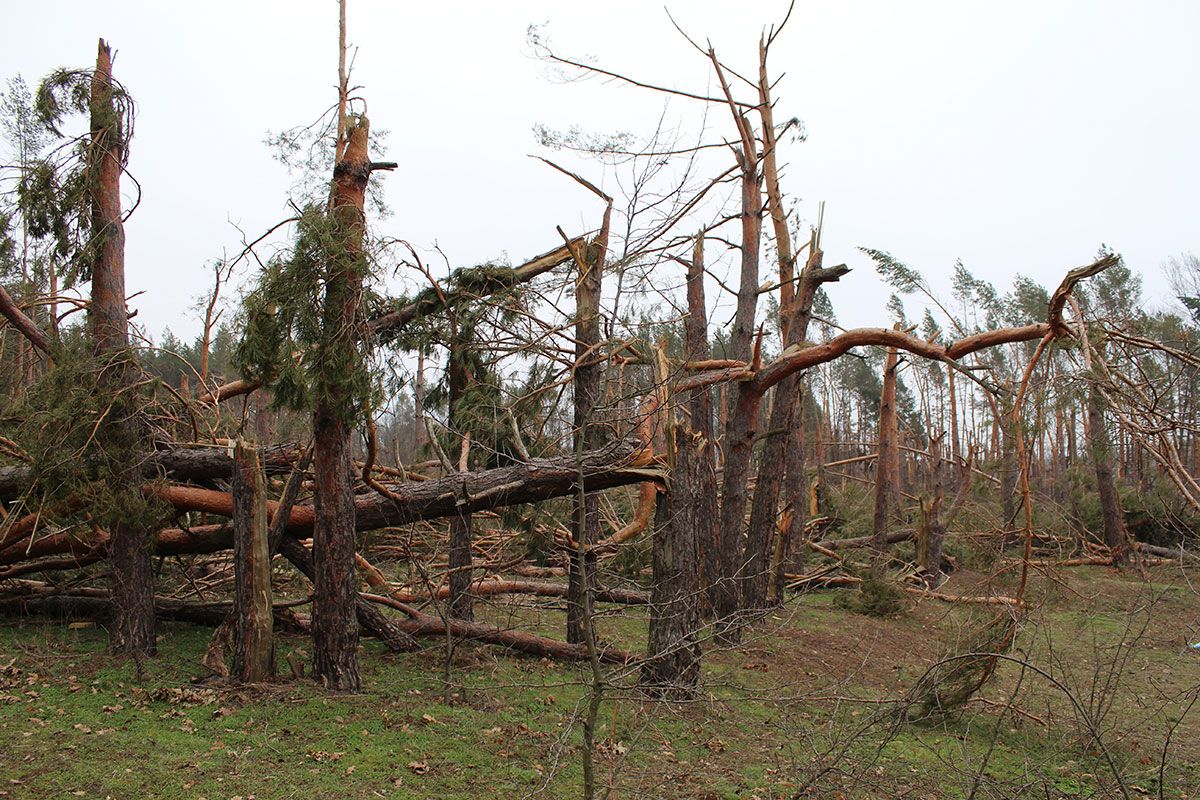Battling the Cold: A Homeowner’s Guide to Winter Wellness
Battling the Cold: A Homeowner’s Guide to Winter Wellness
As the cold snap tightens its icy grip across the UK, our homes hopefully become refuges from the biting winds and freezing temperatures. Yet, amidst the beauty of winter, our abodes face a barrage of challenges. Frozen pipes, chilly interiors, and a strain on heating systems are the winter woes many of us can relate to.
In this guide, we’ll not only unravel the technical intricacies of winter home maintenance but also explore the human side of weathering the cold. After all, a warm home is not just about cosy interiors; it’s about creating a haven that nurtures both our homes and our well-being.

1. Frozen Pipes: A Common Nemesis
When you wake up to a freezing morning, the last thing you want to find out is that your pipes have succumbed to the icy grasp of winter. According to Water UK, the average cost to repair a burst pipe can range from £300 to £1,000. To avoid the heartache (and the hefty bill), homeowners can insulate pipes, allow taps to drip during freezing nights, and keep the heating on a low setting to maintain a steady temperature.
2. Cosy Homes, Happy Hearts
As we strive to keep our homes warm, let’s not forget the human side of winter. The Mental Health Foundation reports that exposure to colder temperatures can impact mental well-being. Adequate heating isn’t just a luxury; it’s a crucial aspect of creating a comfortable space that fosters a positive mindset. Consider upgrading insulation, using draft stoppers, and creating cosy nooks to ensure your home is a sanctuary for both body and soul.
3. A Helping Hand for Your Heating System
The Smith family in Manchester found themselves in a chilly predicament when their heating system struggled to keep up with the plummeting temperatures. According to the National Institute of Building Sciences, poorly maintained heating systems can operate at a significantly lower efficiency. Regular servicing, checking vents, and replacing filters are simple yet effective measures to keep your heating system running smoothly, ensuring warmth when you need it the most. Optimise your heating system by installing a programmable thermostat. Set it to lower temperatures when you’re away to save energy.
4. Check and Insulate Windows and Doors
Ensure windows and doors are properly sealed to prevent drafts. Consider adding weatherstripping and using draft stoppers.
5. Clear Gutters
Regularly clean gutters to prevent ice dams and water damage. Ensure downpipes direct water away from the foundation.
6. Roof Inspection
Inspect the roof for any missing or damaged tiles or slates. Addressing issues promptly prevents potential leaks and water damage.
7. Chimney Maintenance
If you have a fireplace, ensure the chimney is clean and in good condition. Schedule professional chimney sweeps to remove any build-up.
8. Protect Outdoor Taps
Turn off outdoor taps and drain hoses. Consider installing frost-free hose bibs and insulating outdoor pipes.
9. Monitor Trees
Trim overhanging branches that could pose a risk during heavy snow or ice storms. This prevents potential damage to your home and surroundings.
10. Keep Indoor Humidity Balanced
Maintain indoor humidity levels between 30-50% to prevent excessive dryness. Use a humidifier if necessary, especially in bedrooms.
11. Emergency Heating Source
Have a backup heating source such as a space heater or generator, especially in areas prone to power outages.
12. Clear shared paths
If you do get some of the snow forecast, shovel and salt shared path and driveways, to ensure safe passage for everyone. This is especially important for elderly or vulnerable neighbours to ensure that can move around safely, or be accessed by those who assist them.
13. Check on Vulnerable Neighbours
Keep an eye on any neighbours who might be more vulnerable during extreme weather, such as the elderly, those with medical conditions, or families with young children. If the cold spell is prolonged, it might even be useful to help coordinate shopping for those who struggle to get around.
14. Maintain Communication
Keep an open line of communication with neighbours, especially during heavy snowfall, to address any urgent needs or concerns.
15. The Infinity Home Services Touch
As the cold snap continues its dance across the country, remember that winter wellness is a holistic journey. Embrace the joy of cosy blankets, indulge in hot cocoa, and take time to appreciate the warmth of home. After all, it’s not just about enduring winter; it’s about turning it into a season of comfort and joy. How will you make your home a haven this winter?
In the face of winter challenges, Infinity Home Services stands ready to be your partner in home well-being. From addressing frozen pipes to optimising heating systems, our expertise extends beyond technical solutions to encompass the warmth and comfort your home deserves. Let us help you to navigate the complexities of winter maintenance, ensuring your home remains a snug retreat throughout the season.
Contact Us
As we fortify our homes against the cold, let’s not forget the human touch that makes winter truly special. From ensuring our spaces are warm and inviting to addressing technical challenges, this winter is an opportunity to transform our homes into sanctuaries of comfort. How will you embrace the warmth in your home this season? If any of the problems mentioned above are affecting you, please get in touch with Infinity Home Services by calling 0800 148 8088, or completing the form below:











